Does the current appointive process lend itself to a preference that the Board function more like an exclusive club rather than a diverse and representative body that accurately represents the interests of all County residents?

Editor: Robert Oliphant
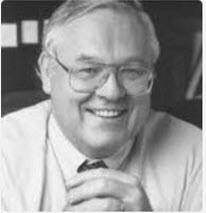
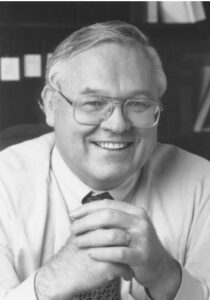
 These additions come at a time when the Administration has been constantly preaching to the public at various meetings, especially those in the Sedona/Verde Valley area, that it will only invest in projects and programs where it is demonstrated by production of reliable data showing an educational and/or community need. The absence of data showing need, the administrators claim, is why, for example, it is not planning to expand and enhance the nursing program in the Verde Valley. The absence of need is why it did not build a 30,000 square foot Career and Technical Education Center on the Verde Campus; only a 10,000 square foot structure (versus 104,000 square foot CTE facility on the Prescott side). And on and on and on.
These additions come at a time when the Administration has been constantly preaching to the public at various meetings, especially those in the Sedona/Verde Valley area, that it will only invest in projects and programs where it is demonstrated by production of reliable data showing an educational and/or community need. The absence of data showing need, the administrators claim, is why, for example, it is not planning to expand and enhance the nursing program in the Verde Valley. The absence of need is why it did not build a 30,000 square foot Career and Technical Education Center on the Verde Campus; only a 10,000 square foot structure (versus 104,000 square foot CTE facility on the Prescott side). And on and on and on.
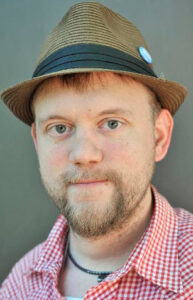
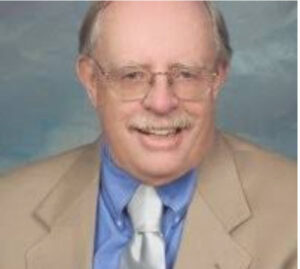
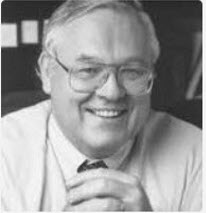
 The Eyeonyavpaicollege.com Blog has been busy this year. It has posted over 250 stories during the entire year. Listed below are the headlines related to 47 stories about the College, some of which appeared only on the Blog. The Blog has grouped the stories into broad general categories.
The Eyeonyavpaicollege.com Blog has been busy this year. It has posted over 250 stories during the entire year. Listed below are the headlines related to 47 stories about the College, some of which appeared only on the Blog. The Blog has grouped the stories into broad general categories. Both managing editors of the local Verde Valley newspapers have expressed their strong disapproval of the College Governing Board’s 3-2 vote at its March meeting rejecting the request of the Verde Valley Board representatives to hire a consultant to look into the possibility of a different Community College administrative structure. The creation of a separate administrative college was one of many possible configurations the expert could examine. The President and the three-member West County representatives rejected the request saying it was impossible to find an objective expert to do the assessment and anyway, it might cost $50,000.
Both managing editors of the local Verde Valley newspapers have expressed their strong disapproval of the College Governing Board’s 3-2 vote at its March meeting rejecting the request of the Verde Valley Board representatives to hire a consultant to look into the possibility of a different Community College administrative structure. The creation of a separate administrative college was one of many possible configurations the expert could examine. The President and the three-member West County representatives rejected the request saying it was impossible to find an objective expert to do the assessment and anyway, it might cost $50,000. The article made the following points:
The article made the following points: